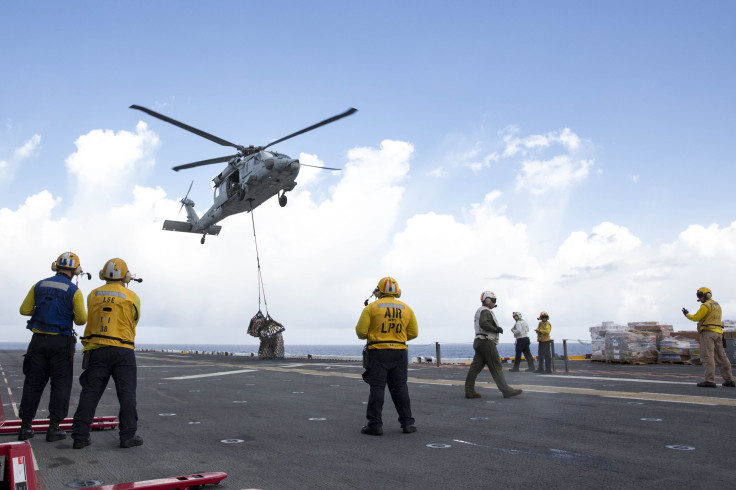UFO Sightings 2019: US Navy Keen On Investigating ‘Unexplained Aerial Phenomena’

Following recent reports of unidentified aircraft repeatedly being seen flying over military-controlled areas, the U.S. Navy has announced it is drafting new guidelines for their pilots and personnel to report such incidents to relevant authorities.
The Navy told Politico that this development comes after a series of sightings of what the military calls “unidentified aerial phenomena” flying over sensitive military facilities and formations.
While the Navy doesn’t explicitly say their personnel have encountered aliens, this move does seem to imply that the Navy takes such incidents seriously.
A sea of change
Several former officials lauded the move and consider it a big step towards removing the stigma associated with reporting “encounters” with unidentified aircraft.
Former Pentagon intelligence official and Senate Intelligence Committee ex-staffer Chris Mellon, for one, said a new guideline that provides personnel with a formal means of reporting sightings would be a “sea change.”
Mellon explained that previously, reports of UAPs and unidentified flying objects (UFOs) are often ignored. The information presented in these reports are often dumped. As such, military personnel who have information about UAPs don’t know what to do with the information they have, Mellon said.
“[I]n a lot of cases [military personnel] don’t know what to do with that information — like satellite data or a radar that sees something going Mach 3,” Mellon said. “They will dump [the data] because that is not a traditional aircraft or missile.”
What if the UAP was something else?
Luis Elizondo, a former Pentagon official who ran the Advanced Aerospace Threat Identification Program, lauded the Navy’s move, explaining how this is ushers tremendous change.
People who see something in the airport are encouraged to say something about what they saw, Elizondo said, noting that this is not how it is with the military.
"With our own military members it is kind of the opposite: 'If you do see something, don't say something,'" he said.
Elizondo said previously, reports of UAPs without tail numbers or flags, or even a tail, are usually thumbed down. With the new guidelines, such reports will be given consideration and a proper investigation. They might even help the Navy uncover important information they need for security and defense.
“What happens in five years if it turns out these are extremely advanced Russian aircraft?"
The AATIP is a UFO research office that was closed in 2012 after its funding was suspended, the Washington Post reported.

© Copyright IBTimes 2024. All rights reserved.





















